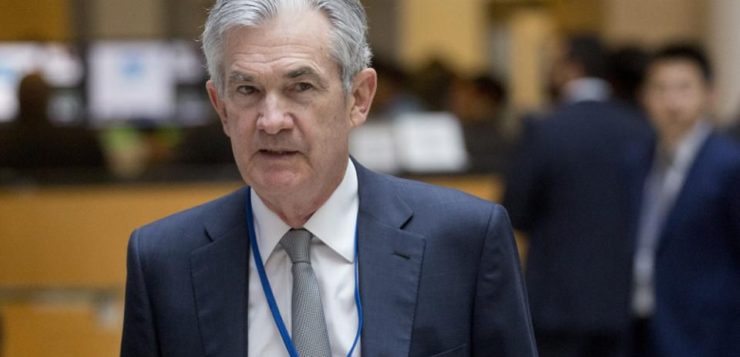The Bank of Canada’s recent announcement that it was abandoning prospective interest rate hikes finally puts it firmly in the same position as the Federal Reserve and other major central banks. Citing an economic slowdown in Canada, and a negative global outlook, the Bank of Canada decided that it was going to keep the headline interest rate at the same target (1.75%) as it had in the previous three meetings.
Central banks around the world are getting jittery about the economic outlook of the next few months, with many of them holding rates steady or even looking to decrease them. Markets have reacted sharply, predicting a higher likelihood of rate decreases than rate increases for the Federal Reserve and other central banks. Most central banks for developed industrial economies have smelled blood in global macroeconomics and are adjusting their posture to reflect a nervous outlook on the next few months. Sometimes, economics is just a matter of self-fulfilling prophecies: we may be in for a rocky ride.
That’s all well and good, but what does this mean for blockchain or cryptocurrency? Early on, when it looked like there was little institutional overlap with cryptocurrencies and when it was such a small percentage of financial assets, this might not have been a question worth asking. Now that cryptocurrencies have catapulted into the financial ecosystem, their placement as a financial asset certainly means there can be short-term fluctuations as well as the long-term consequences. While the short-term fluctuations may not be as interesting from a fundamentals perspective, they will still matter to the perception of cryptocurrencies to the average consumer — who are used to seeing stock prices and financial valuations correlate with underlying value (even when it sometimes doesn’t).
Short-term bear case: Bitcoin seems to have a slight positive correlation with the S&P500. The cryptocurrency boom has largely happened in a post-2008 Great Recession boom, where unconventional monetary policy and lowered rates led to a desperate search for risky assets to place money in that could bring in larger returns than the near-zero interest and reserve rates being offered.
Bitcoin and other cryptocurrencies haven’t truly been tested in a macroeconomic hair-on-fire setting like 2008, or the accompanying Eurozone crisis (where Bitcoin caught the ebbing of that crisis, but it was still a small, nascent community then). It’s possible that retail investors and institutional investors view Bitcoin and cryptocurrencies as just another class of risky assets that can be used to diversify their portfolio. If that’s the case, an economic downturn will often lead to a risk-off scenario, with retail investors getting leery of assets they perceive as risky like cryptocurrencies.
Short-term bull case: If you believe that some of the speculative value inherent in cryptocurrencies is based on the idea that it is “digital gold”, then the value of commodities, gold chief among them, tend to perform well in recessions, as a safe harbor asset. If that’s the case, there may be a flood of money that gets into cryptocurrencies, bumping it up for a short while.
Long-term bear case: Well, it was a fun ride everybody, but China, the European Parliament and the new American Digital Assets Regulatory Agency have made it their life’s work to funnel people to permissioned blockchain projects that connect the government with preferred banking institutions. It’s blockchain with all of the permissions and intermediaries, and there’s no way to make your transactions anonymous, since you’re registered with a photo ID to use these new currencies. The central banks we mentioned run this process: but really it was the fiscal authorities that we should have worried about and not the monetary ones.
Long-term bull case: In the long run, I’m inclined to believe that the constant technocratic intervention of monetary authorities augers well for cryptocurrencies. Given newfound political pressure (in the case of the Fed) and having little principle to root itself in now that the curtain has been revealed on “quantitative easing”. A system that seemed readily shocked and still quite unsteady looks like it may face yet another cyclical test to its resilience. The steady drip of these cycles may convince people to stay in cryptocurrencies, convinced that the macroeconomic cycles nation-states and their monetary policy cycles are subject to are a risk that need to be diversified away from. If you’re betting on policy dysfunction, and disagree with current economics — then cryptocurrencies just might be your play.
The short summary on this: central banks are hunkering down and refusing to increase their target headline rates, as they anticipate a global economic slowdown. Cryptocurrencies used to be a separable part of this discussion, but they’ve reached enough critical mass and adoption to be an important part. That’s progress, but it will also mean short-term and long-term fluctuations in how we evaluate cryptocurrencies.
Author: Roger Huang







